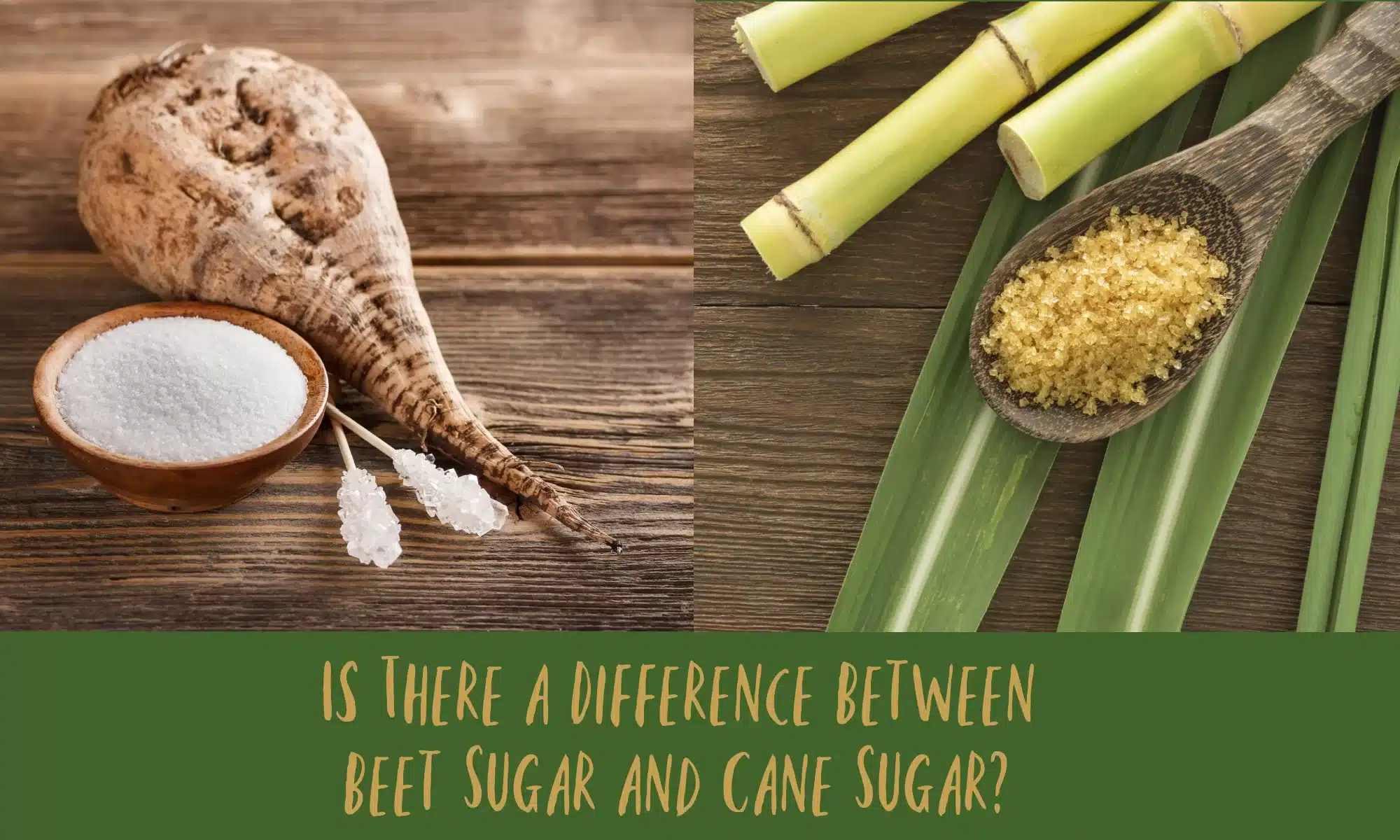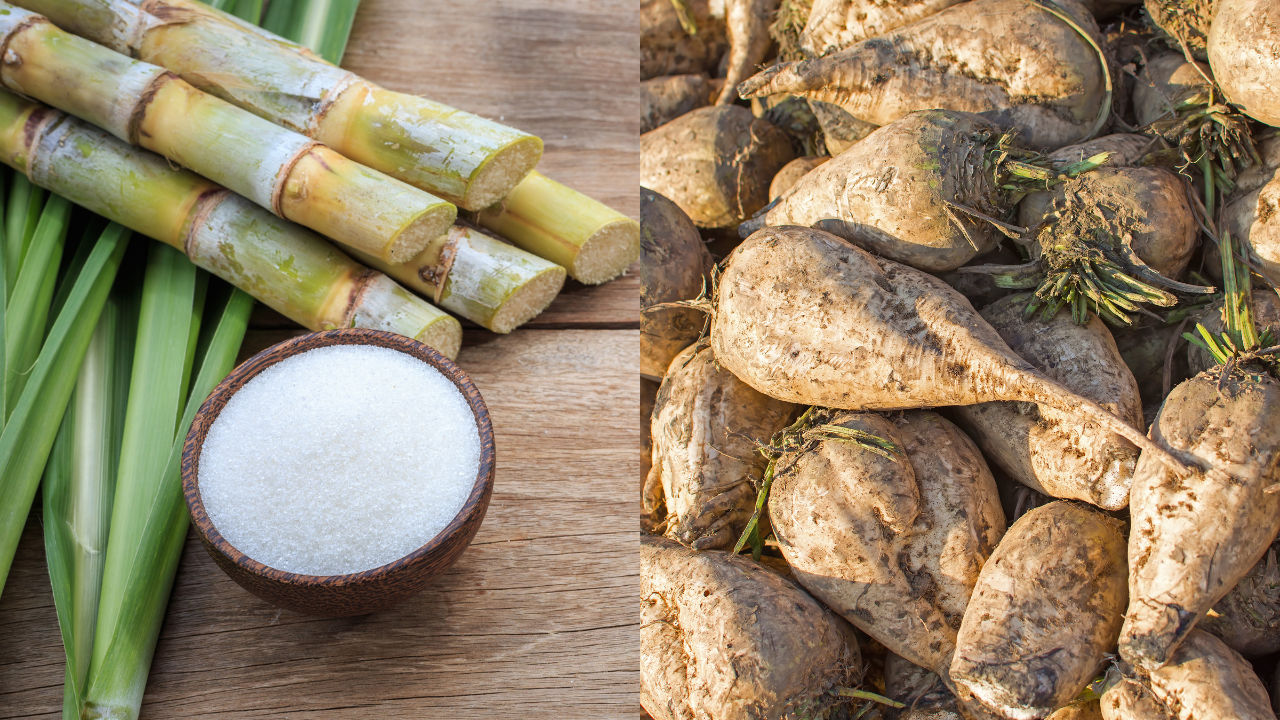Many recipes specify either beet sugar vs cane sugar, depending on the expected outcome.
Many recipes specify either beet sugar vs cane sugar, depending on the expected outcome.
Blog Article
Exploring the Differences being used and Advantages Between Beet Sugar Vs Cane Sugar
In the culinary globe, the choice in between beet sugar and cane sugar is not simply regarding sweet taste however involves a nuanced factor to consider of taste, application, and impact. While both sugars stem from different plants, each goes through one-of-a-kind manufacturing processes that discreetly influence their characteristics and suitability for various dishes.
Origins and Manufacturing Processes of Beet and Cane Sugar

Walking cane sugar, on the various other hand, comes from the sugarcane plant, a tropical turf belonging to Southeast Asia now grown in exotic areas worldwide. The manufacturing of cane sugar starts with the harvesting of cane stalks, which are crushed to release the juice. This juice is after that steamed to focus it, after which it is rotated in centrifuges to generate raw sugar crystals. These crystals are further refined to create the white sugar frequently readily available in shops.

Nutritional Content and Health And Wellness Considerations

When contrasting the dietary content of beet sugar and cane sugar, it ends up being obvious that both kinds essentially give the same calorie worths, with around 16 calories per tsp and no significant nutrient diversity. Each is composed nearly completely of sucrose, which is a straightforward carbohydrate that provides quick power yet does not have vitamins, minerals, or fiber. This resemblance includes their influence on health, especially worrying blood sugar level levels. Both sugars, when eaten over, can add to elevated blood sugar degrees, a risk element for diabetic issues and other metabolic conditions. Extreme consumption can lead to weight gain and oral issues, as both sugars are similarly cariogenic, advertising tooth degeneration. From a wellness viewpoint, regulating intake of any sort of sugar, whether from beet or cane, is suggested to prevent these prospective negative results on health. Therefore, neither holds an unique advantage over the various other in regards to health and wellness benefits.
Flavor Profiles and Culinary Applications
Regardless of their comparable chemical frameworks, beet sugar and cane sugar differ subtly in flavor, which can influence their use in numerous cooking contexts. Cane sugar commonly brings a hint of molasses, even in its polished kind, offering a warm, caramel-like undertone that boosts baked products, coffee, and chocolate-based recipes. On click now the various other hand, beet sugar is defined by its highly improved, neutral taste, making it a versatile sweetener that does not modify the taste accounts of address dishes.
Ecological Influence and Sustainability
While both beet and cane sugars are stemmed from plants, their environmental impacts vary significantly as a result of the distinctive techniques of growing and processing required for each. Sugar beet farming typically includes extensive automation, which can raise fossil fuel consumption and carbon exhausts. Nonetheless, beets can be grown in cooler climates and call for less watering, possibly lowering water use compared to sugarcane. Sugarcane, on the other hand, is normally expanded in exotic areas where it depends greatly on watering and a much longer growing period, increasing its water impact.
Additionally, the handling of sugarcane often generates a considerable amount of waste, including bagasse, which, although functional as biofuel, often adds to air pollution if burned inefficiently. Sugar beet processing makes use of even more of the raw materials, resulting in less waste. Both sectors encounter difficulties in minimizing their environmental footprints, yet recurring advancements in agricultural practices and waste management are intending to improve sustainability.
Economic Factors Affecting the Sugar Industry
The financial dynamics of the sugar sector are dramatically influenced by international market demands and profession policies. Factors such as tariffs, aids, and worldwide profession agreements play crucial duties in shaping the affordable landscape. In areas where sugarcane or sugar beet production is subsidized, manufacturers may have an economic advantage that allows them to offer reduced prices on the international market. This can produce differences in earnings and market access for producers in nations without such subsidies.
Furthermore, fluctuations in worldwide need for sugar, influenced by dietary patterns and commercial usage in food, directly effect costs and manufacturing degrees. beet sugar vs cane sugar. Climate condition additionally play a crucial role, as they can considerably impact crop yields and, as a result, the supply chain. This irregularity presents a degree of financial unpredictability that can bring about financial investment volatility in more helpful hints sugar manufacturing fields, affecting choices from growing to market approach
Conclusion
Finally, both beet and cane sugar have unique qualities that fit different culinary needs. While cane sugar conveys an abundant flavor suitable for improving baked items, beet sugar's nonpartisanship is best for lighter meals. Nutritional similarities notwithstanding, their distinct manufacturing procedures and environmental influences include complexity to the choice in between them. Thus, understanding these distinctions assists cooks and customers make informed decisions that align with their health and wellness, cooking, and honest preferences.
Report this page